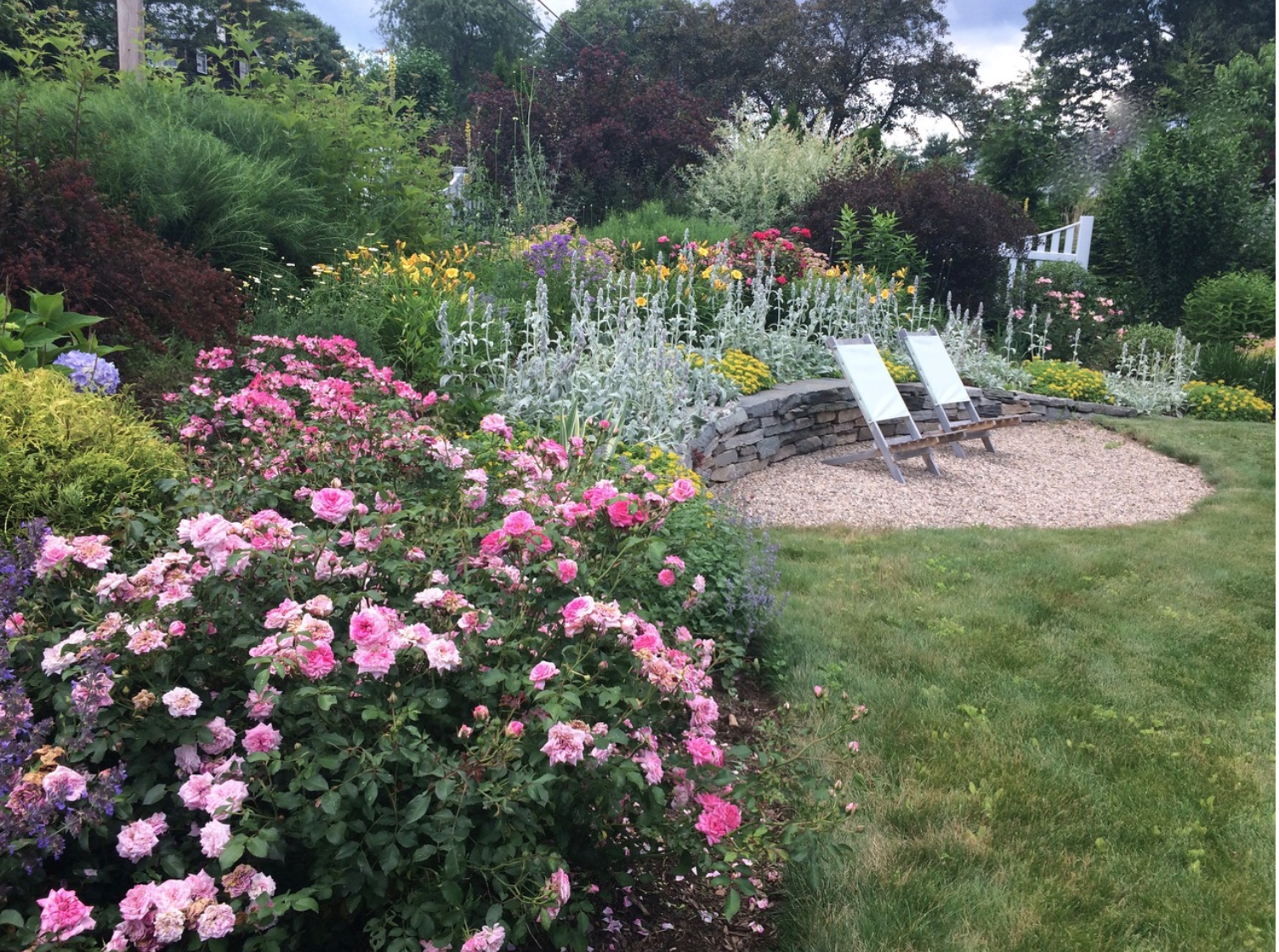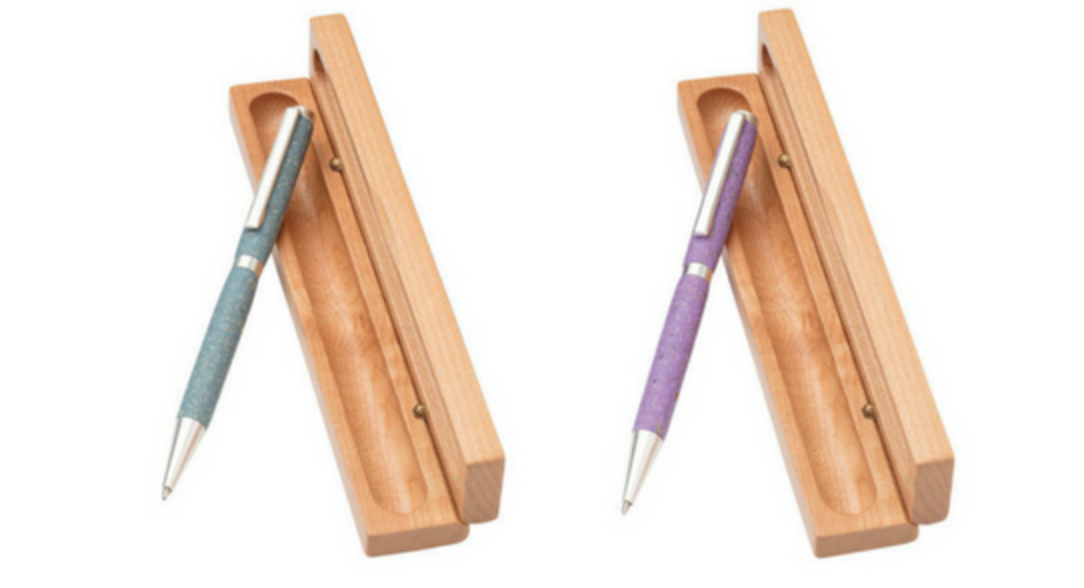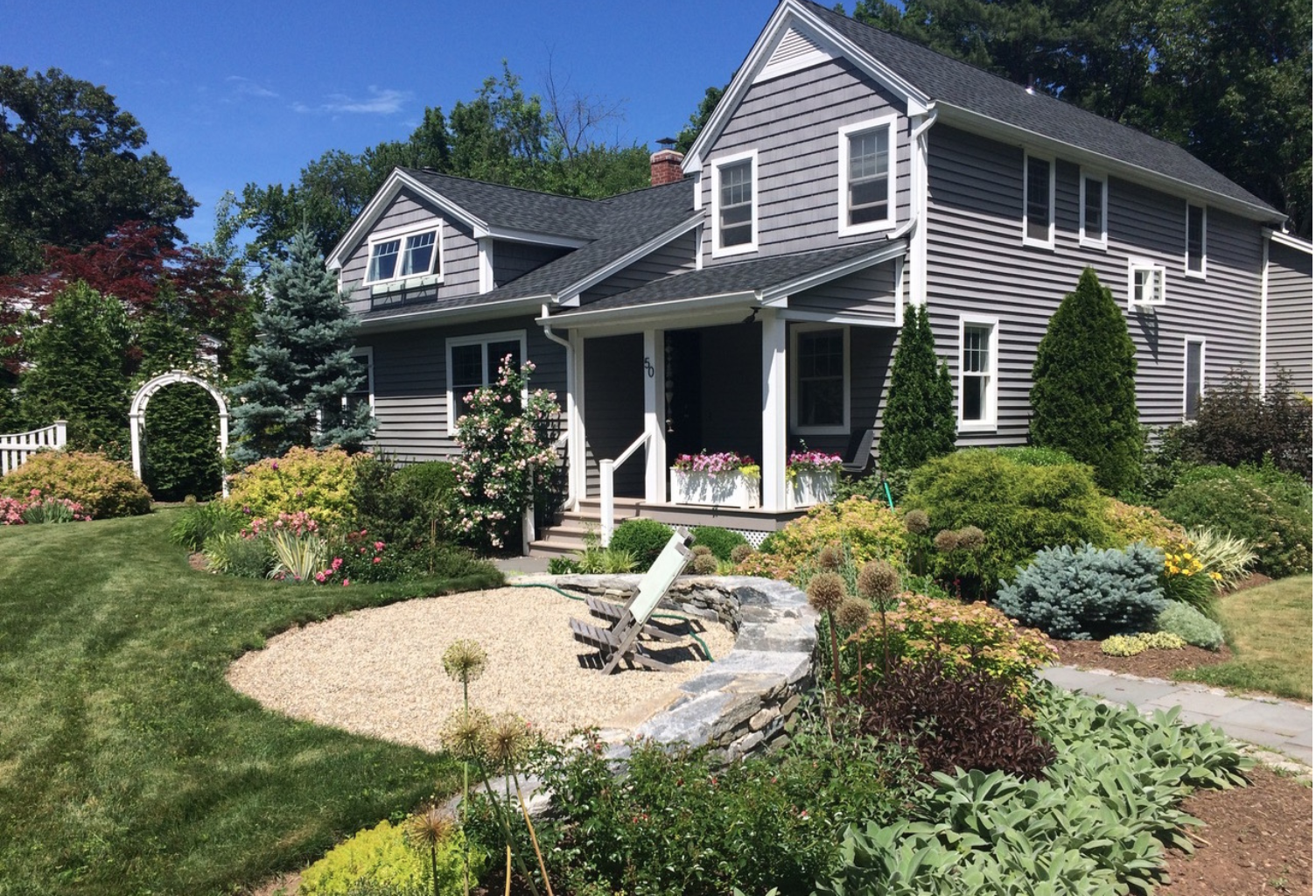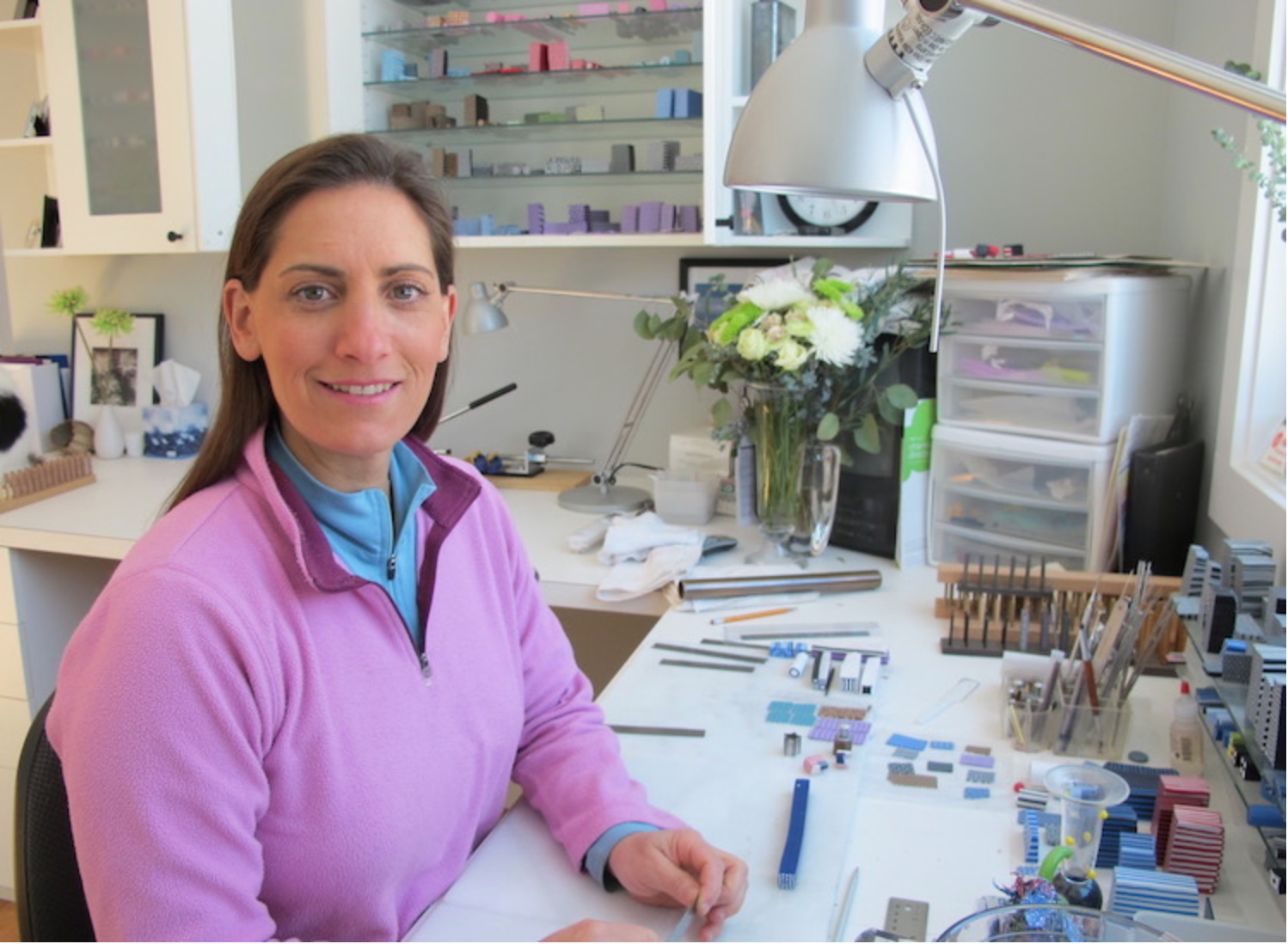Artist Profile: Merrie Buchsbaum
Books are our first love at Bas Bleu, but our longtime readers know we have a soft spot for unique gift items as well. When our buyers spied Merrie Buchsbaum’s handmade Garden Pens—pretty writing instruments made from real flowers—at a trade show last winter, we knew we’d found something special. Roses, hydrangeas, and lavender are blooming now in our summer gardens, but these beautiful pens will keep their beauty year round. Today in the Bluestocking Salon, we’re chatting with artist Merrie Buchsbaum about creating these cool pens and how she earned her hard-won reputation as “the flower lady.”
Bas Bleu: What is your educational/professional background? Did you receive any formal training as an artist, or are you self-taught?
Merrie Buchsbaum: I have undergraduate degree from Goucher College in art and education, a master’s in art and natural sciences from Wesleyan University, and a master’s in nutrition from the University of Bridgeport. My art background is diverse but lends itself to parts of my business. I’m a self-taught polymer artist.
Colorful blocks of polymer await transformation in Merrie’s Connecticut studio.
BB: For those of us who aren’t craftspeople or scientists, what exactly is polymer? How did you begin working with it? How exactly do you work with it? What benefits/challenges does it present to an artist?
MB: Polymer is an amazing art medium. It’s a PVC plastic base that comes in a variety of colors and is fairly pliable. You work with it like modeling clay, yet since it is a plastic it is very durable and long lasting. You can roll it, shape/mold it, press it, and even extrude it. One of the amazing attributes of polymer is the ability to be mixed. This allows you to make endless colors and color formulas for future usage. You can also put inclusions in the polymer like sand for texture or other ground ingredients. Because it is cured at a low temperature (265 degrees Fahrenheit), it can be used by numerous people for many different applications. Polymers are used mostly for smaller projects, although you can create larger objects with interior structure.
BB: When creating a new product, or a new version of an existing product, from where do you draw your inspiration?
MB: Most of my ideas come from my thoughts….ideas of things I see in nature.
BB: Your Garden Pens are made from real botanicals and other organic materials. Can you share with us the step-by-step process by which the pens (like the Hydrangea, Rosebud, and Lavender Pens featured in our Summer 2018 edition) are created?
MB: All of my garden pens start in my actual garden. I grow the individual plants like endless summer hydrangeas, new dawn roses, and hilicote lavender. Once the plants bloom, I harvest the flowers and carefully dry them in my studio. Once dried, I either chop, crush, or grind the flowers into small pieces. Small portions of the flowers are put into water to create colored water that is used for tinting the polymer along with the actual dried flower. The flowers and a little bit of the water are mixed into the polymer and rolled into sheets. Once the polymer is formed into sheets, I cut rectangles out and hand mold them into the tube shapes of the pen. They are then trimmed to the correct size and heated to be cured. Once cured, I finish putting the entire pen together in the studio. The pens have a slight scent when I start, but by the time they are cured, the oils from the flowers have faded away. What is left is the color and texture of the flowers. Each pen is different, each batch I make is different. Each garden pen is truly unique.
The Garden Pens have their roots (literally!) in Merrie’s personal gardens, where she grows the flowers she later dries to create the pens’ unique colors and textures.
BB: You live and work in Connecticut, where you have cultivated your own gardens. What do you grow there? Were you born with a green thumb or were your horticultural skills hard won over the course of your life? How does gardening fuel your creativity?
MB: I currently live in Connecticut and have my gardens around my studio and home. I started my gardens from scratch. When I bought the property years ago it was not is good shape, certainly not looking like it was intended for flowers. After many hard hours and lots of help from friends and contractors I was able to get a base layer of dirt to begin making flower beds. To this day, I’ve had over 200 yards of soil brought into the property to create flower beds and to level off significant holes. Although I spent several years of my childhood on a farm, we did not do much with flowers. I’ve learned about flowers through local garden centers, reading everything that I can and going to local garden clubs. I love flowers and I love how they bring their own mood and excitement as they grow. I’ve made many, many, many mistakes as I have learned, but I am more the wiser about my gardens and the plants I grow. Today I am surrounded by hundreds of flowers from the middle of March through the end of November. I’m known in town as the “flower lady” and people often stop to ask they can get a tour of the gardens. The gardens bring me great joy, peace, and a time to think.
Choose from Hydrangea, Lavender, or Rosebud Garden Pens…or gather a “bouquet” of all three!
BB: When you’re not working in your studio or in your gardens, how do you enjoy spending your time?
MB: When I’m not in my gardens or working in the studio, I can be found white water kayaking, cooking, berry picking at a local farm, or spending quality time with my family.
BB: We’re booksellers so we have to ask: What’s your favorite book?
MB: I don’t think I have one favorite but, but I do have favorite authors—most of them revolve around children’s books. Maurice Sendak, Steven Kellogg, Judy Blume, and Roald Dahl.
BB: What new creations can we look forward to seeing from you in the future?
MB: At the moment I’ve been working on some one-of-a-kind pieces.
BB: Thank you, Merrie, for taking time away from your studio and garden to take us “behind the scenes!”






